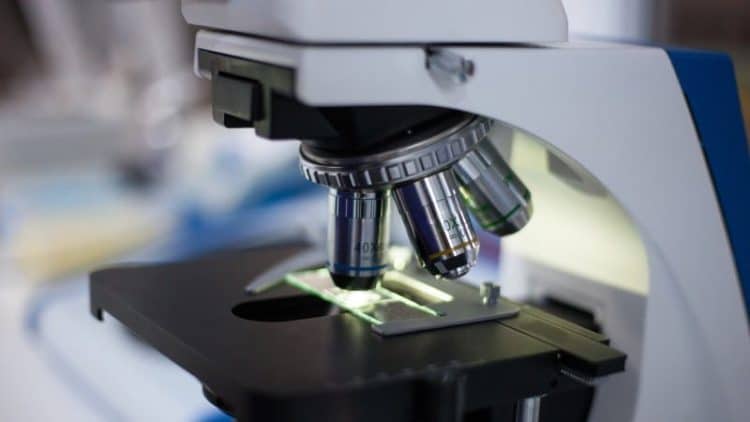Scientists in Slovenia have identified a relationship between cannabis extraction methods and the therapeutic effectiveness of final extracts. Four extraction methods were used to extract specific cannabinoids from hemp. Each of these methods was then compared against each other, measuring the total cannabinoid content, antioxidant properties, and in vitro bioactivity on human colon cancer and healthy colon cells.
The extraction methods tested in this study were maceration, Soxhlet, ultrasound-assisted extraction (UAE), and supercritical fluid extraction (SFE) using carbon dioxide. Both UAE and SFE were selected for being considered modern and commonly used methods for extracting cannabinoids. The maceration and Soxhlet methods were chosen because they are both known to produce high extraction yields. Ethanol and methanol were compared for maceration, and methanol was used for Soxhlet and UAE. SFE was conducted at 100 bar and either 40º C or 60º C.
Using each of the extraction methods above, only a few select cannabinoids were studied, including the well-known cannabidiol (CBD), cannabidiolic acid (CBDA), tetrahydrocannabinol (THC), tetrahydrocannabinolic acid (THCA), as well as the lesser discussed cannabichromene (CBC), cannabinol (CBN), and cannabigerolic acid (CBGA). Once extracted, each cannabinoid was identified and quantified based on ion transitions using high-performance liquid chromatography analysis and mass spectrometry.
These cannabis extracts were then applied at different concentrations to cell cultures containing human colorectal adenocarcinoma cells and human intestinal epithelial cells for 48 hours before being incubated and allowed to grow. The results of this part of the study found that the extracts decreased viability in the colon cancer cell line being studied. The extracts also protected healthy cells, further supporting previous research suggesting the therapeutic benefits of cannabinoids in cancer treatment. Following processing, maceration with ethanol proved the most potent anti-cancer extract.
After analyzing the data, there were several observations noted. When it came to the extraction of cannabinoids, “The first observation shows that the total CBD content is similar for all methods used, suggesting that all extraction methods have similar efficiency in terms of CBD extraction.” Total CBD content reflects CBDA and CBD.
Maceration with methanol resulted in the highest total CBC yield. The highest yield of CBGA was extracted using maceration with ethanol, and both methods were suggested to be unsuitable for extracting CBN (or, perhaps more likely, it wasn’t largely present in the hemp). Values changed when the researchers dissolved the crude extracts in dimethylsulfoxide to test them on human cells (a common method); for example, the yield of CBC became notably higher when using UAE. Thus, they explained that processing alters not only “actual amounts of the respective cannabinoids but also their relative ratio to the primary extracts.”
Figure 1: Crude extracts. Roznac J, et al. Different Cannabis sativa extraction methods result in different biological activities against a colon cancer cell line and health colon cells. Plants. 2021;10:566. CC BY 4.0. Note: green arrows signify above average; red arrows below average; and = signifies average.
Figure 2: Crude extracts dissolved in dimethylsulfoxide. Roznac J, et al. Different Cannabis sativa extraction methods result in different biological activities against a colon cancer cell line and health colon cells. Plants. 2021;10:566. CC BY 4.0
The best methods of extraction for CBDA, CBGA, THCA, and other acidic cannabinoids turned out to be M-EtOH, UAE, and SFE-40. Not surprisingly, Soxhlet extraction resulted in more decarboxylated cannabinoids due to its higher temperature process. [1]
With all these differences in cannabinoid content based on extraction method and processing, it seems clear that choosing the right methods for extracting specific cannabinoids is a critical factor when considering the intended therapeutic use of the end product. As more research on cannabinoids continues, if there are specific cannabinoids proven to be highly effective in treating cancers and other diseases, knowing the best method to effectively extract and test them will be invaluable.
References:
Roznac J, et al. Different Cannabis sativa extraction methods result in different biological activities against a colon cancer cell line and health colon cells. Plants. 2021;10:566. https://www.mdpi.com/2223-7747/10/3/566. Times Cited: n/a; Journal Impact Factor: 2.762













